- Increased Scalability
- Dynamic Memory Control
- Heterogeneous Pools
- Memory Snapshots
- Role Based Administration
- Workload Balancing with Power Management
Many of these features sparked my interest. The Dynamic Memory Control allows you to set memory ranges for the virtual machines so you can have more memory allocated then what the machine physically contains. The memory on each of the virtual machines will adjust on the fly without rebooting.
The Workload and Balancing with Power Management is a great feature as we try to make our data centers “Green”. The power management features enable you to configure the XenServer cluster to consolidate all of your servers on as few host machines as possible. Once all of the virtual machines are migrated or shutdown for the night, the machine will shutdown the physical box on a scheduled basis. When the down machine needs to be booted up and have virtual machines migrated back over, the Power Management feature powers it back on. The host servers have either iLO or DRAC, which are the remote management technologies from HP and Dell.
One of the most impressive features was the Increased Scalability. Each host can have up to 64 logical processors, 256 GB of RAM as well as 16 NICs. A host machine with specs like that would be able to run many virtual machines.
The Heterogeneous Pools allow you to run different types of hardware in your cluster. For example, if you have a cluster of 3 servers running on last year’s Intel Xeon 5400 processors and want to add more to your cluster but can’t purchase the same hardware, you can use the Heterogeneous Pools to mix and match. With this new feature you could mix in some Intel Xeon 5500 processors, or even mix Intel and AMD systems – though the live migrate feature will not work.
These are a few of the features I am excited to implement – for further information, check out Citrix’s HCL. If you are interested in testing Citrix XenServer, there is a free version available for download. Look to future blogs for more about Citrix’s products.
Ben is a Solutions Analyst at Infrastructure Technology Solutions, and blogs from http://blog.benbosquared.com/
